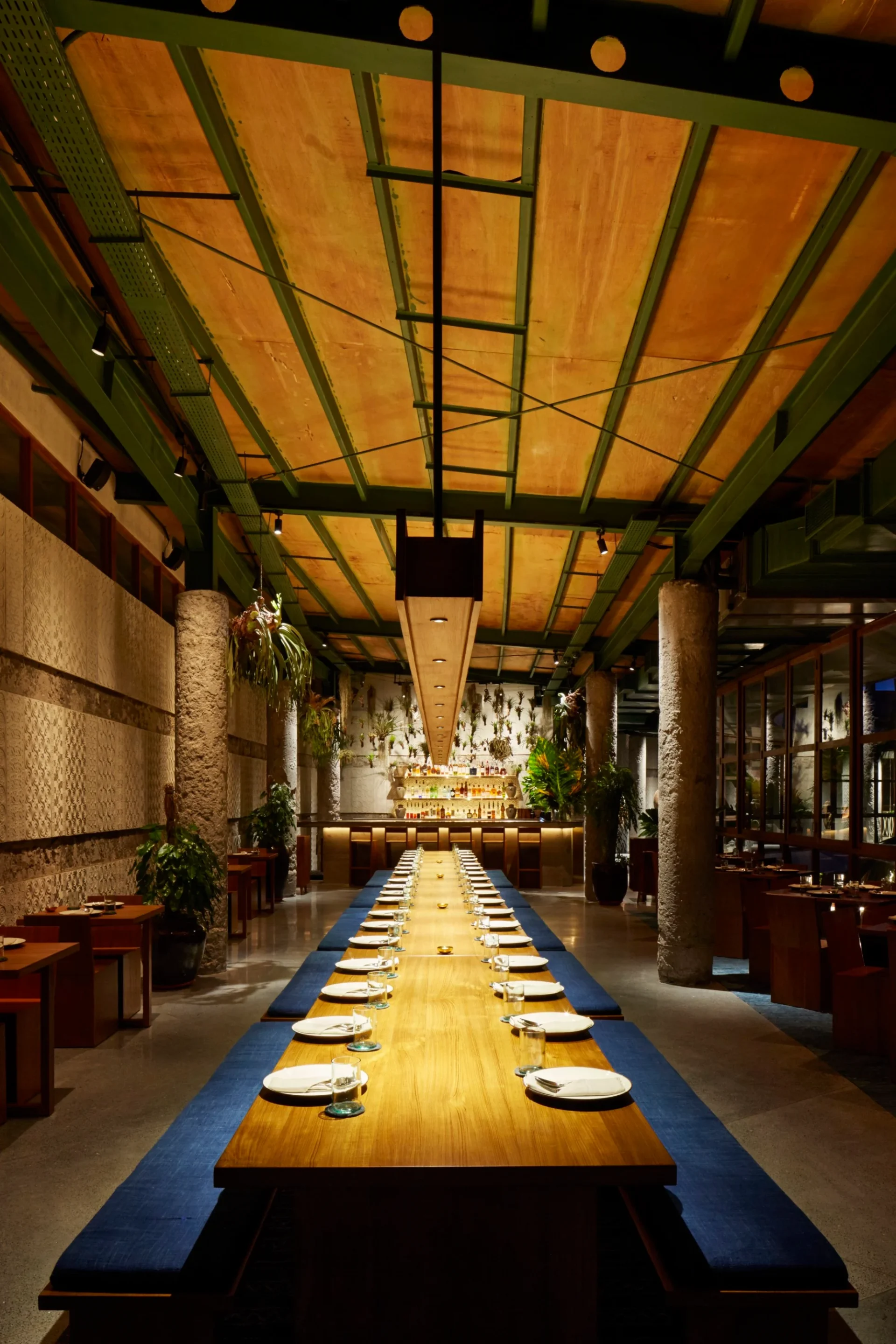From the flavorful satay introduced by Arab ships in the 8th century to the fried rice (nasi goreng) and vegetable meat broth (soto) brought by Chinese traders in the 15th century, Indonesian cuisine is a vivid tapestry of cultural exchange. As of late, this vibrant gastronomic scene is once again undergoing a transformation, but this time, it’s stirring different Indonesian influences into one pot.
This culinary evolution is termed as “modern Indonesian cuisine,” and it is being spearheaded by the country’s innovative chefs who are creatively blending ingredients, recipes, and cooking styles from diverse regions within Indonesia. These reinvented dishes have added an exciting dimension to the food scene, as explained by Kevindra Soemantri, an eminent restaurant critic, author, and indigenous-food advocate in Jakarta.
An intriguing showcase of this culinary fusion can be found on Bali, an island attracting a multicultural crowd due to a post-pandemic tourism boom. Among the vibrant dining offerings here, Kaum restaurant, located within the iconic Potato Head Beach Club, stands out for its inventive cuisine. The chefs at Kaum have traveled extensively across the Indonesian archipelago, researching indigenous recipes, techniques, and ingredients, which they’ve then reimagined and presented in a sophisticated setting.
Their menu features dishes like the babi genyol, bite-sized pork cheeks prepared based on a centuries-old ceremonial recipe, and the barramundi fillet marinated with tamarind and turmeric paste from North Sulawesi. These dishes honor the traditional cooking techniques and flavors while presenting them in an elevated manner, a concept championed by executive chef Daryl Wonorahardjo.
Wayan Kresna Yasa, former Potato Head group culinary director and the man behind many of Kaum’s recipes, continues the culinary revolution at his new venture, Home by Chef Wayan. There, he presents traditional dishes from various parts of Indonesia in a novel manner, like his signature risotto-styled ledok, a traditional Balinese dish.
The struggle to popularize modern Indonesian cuisine, however, lies in its unfamiliarity, both to foreigners and locals alike. The key to overcoming this, according to Yasa, is through storytelling, explaining the rich history behind each dish and emphasizing the freshness of the ingredients used.
Continuing the journey, Mil’s Kitchen, a creation by chef Mili Hendratno, takes street food as inspiration for inventive desserts like cendol panna cotta, a marriage between Italian confectionery and traditional Indonesian dessert. Their durian crème brûlée made with the controversial fruit is a testament to their culinary audacity.
This culinary revolution, blending flavors from different corners of Indonesia, is continuously redefining what it means to enjoy Indonesian cuisine, showcasing the wealth of flavors and cultures that the archipelago has to offer.
READ MORE:
